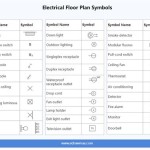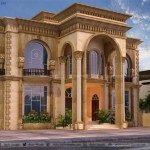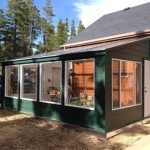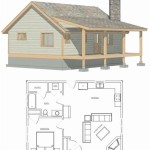Well House Plans: A Step-by-Step Guide to Building a Functional and Efficient Space
A well house is an essential component of any property that relies on a private water well for its water supply. It provides protection for the wellhead and pump, while also serving as a convenient storage area for tools and equipment. Planning and designing a well house is crucial to ensure that it meets your specific needs and complies with local code requirements.
This comprehensive guide will take you through the essential aspects of well house plans, from initial considerations to final construction. By following these steps, you can create a functional and efficient well house that will protect your water supply for years to come.
1. Determine Your Needs
Before you start drafting plans for your well house, take some time to think about what you need from it. Consider the following factors:
- Size: How much space do you need for the wellhead, pump, and storage?
- Access: Do you want the well house to be easily accessible for maintenance and repairs?
- Ventilation: Proper ventilation is essential to prevent moisture buildup and potential corrosion of equipment.
- Security: Will the well house be locked to protect against unauthorized access?
- Aesthetics: Do you want the well house to blend in with the surrounding landscape or stand out as a unique feature?
2. Choose a Location
The location of your well house is critical for both functionality and aesthetics. Consider the following factors:
- Proximity to the well: The well house should be located as close to the wellhead as possible to minimize the length of the water supply lines.
- Accessibility: The well house should be easily accessible for maintenance and repairs, even during inclement weather.
- Drainage: Choose a location with good drainage to prevent water from pooling around the well house.
- Setbacks: Check local code requirements for setbacks from property lines, septic systems, and other structures.
3. Design the Well House
With your needs and location in mind, you can start designing the well house. Create a floor plan that includes the following:
- Wellhead and pump area: This area should be large enough to provide easy access for maintenance and repairs.
- Storage area: This area can be used to store tools, equipment, and other items related to the well system.
- Ventilation openings: Install vents near the floor and ceiling to ensure proper air circulation.
- Electrical panel: If the well pump requires electricity, provide a dedicated electrical panel for safety and convenience.
- Door: Choose a door that is large enough for easy access, but also secure enough to prevent unauthorized entry.
4. Select Materials
The materials you choose for your well house will impact its durability, cost, and appearance. Consider the following options:
- Wood: Wood is a popular choice for well houses due to its durability and affordability.
- Concrete: Concrete well houses are strong and durable, but they can be more expensive than wood.
- Metal: Metal well houses are lightweight and easy to install, but they can be susceptible to corrosion.
- Composite materials: Composite materials offer a combination of durability, affordability, and low maintenance.
5. Obtain Permits
Before you start construction, check with your local building department to determine if a permit is required. The permit process may involve submitting your well house plans for review and approval.
6. Construct the Well House
Once you have obtained the necessary permits, you can begin construction. Follow your plans carefully and ensure that all work is done to code. Pay special attention to the following areas:
- Foundation: The foundation should be strong enough to support the weight of the well house and its contents.
- Framing: The framing should be sturdy and square to ensure a solid structure.
- Roofing: The roofing should be waterproof and durable enough to withstand the elements.
- Ventilation: Install vents near the floor and ceiling to ensure proper air circulation.
- Electrical: If the well pump requires electricity, install a dedicated electrical panel for safety and convenience.
- Door: Install a secure door that is large enough for easy access.
7. Final Touches
Once the well house is constructed, you can add the finishing touches. This may include painting, staining, or installing shelves and storage cabinets. Take this opportunity to personalize the well house and make it your own.
By following these steps, you can create a well house that is both functional and efficient. It will protect your water supply, provide a convenient storage space, and enhance the overall aesthetics of your property.

Pump House For Well Plans Water

Well House Design

33 Well House Ideas Pump Water

Insulated Pump House

Jim And Charlie S Well House

Pump House Build

Pump House Sheds Http Howardwatersystems Com Need 20to 20know Water Well Shed Plans
Well House Roof Design Help Tractorbynet

Pump House Well Cover Shed

Botanic Bleu Well House To Tool Shed Exterior Before








